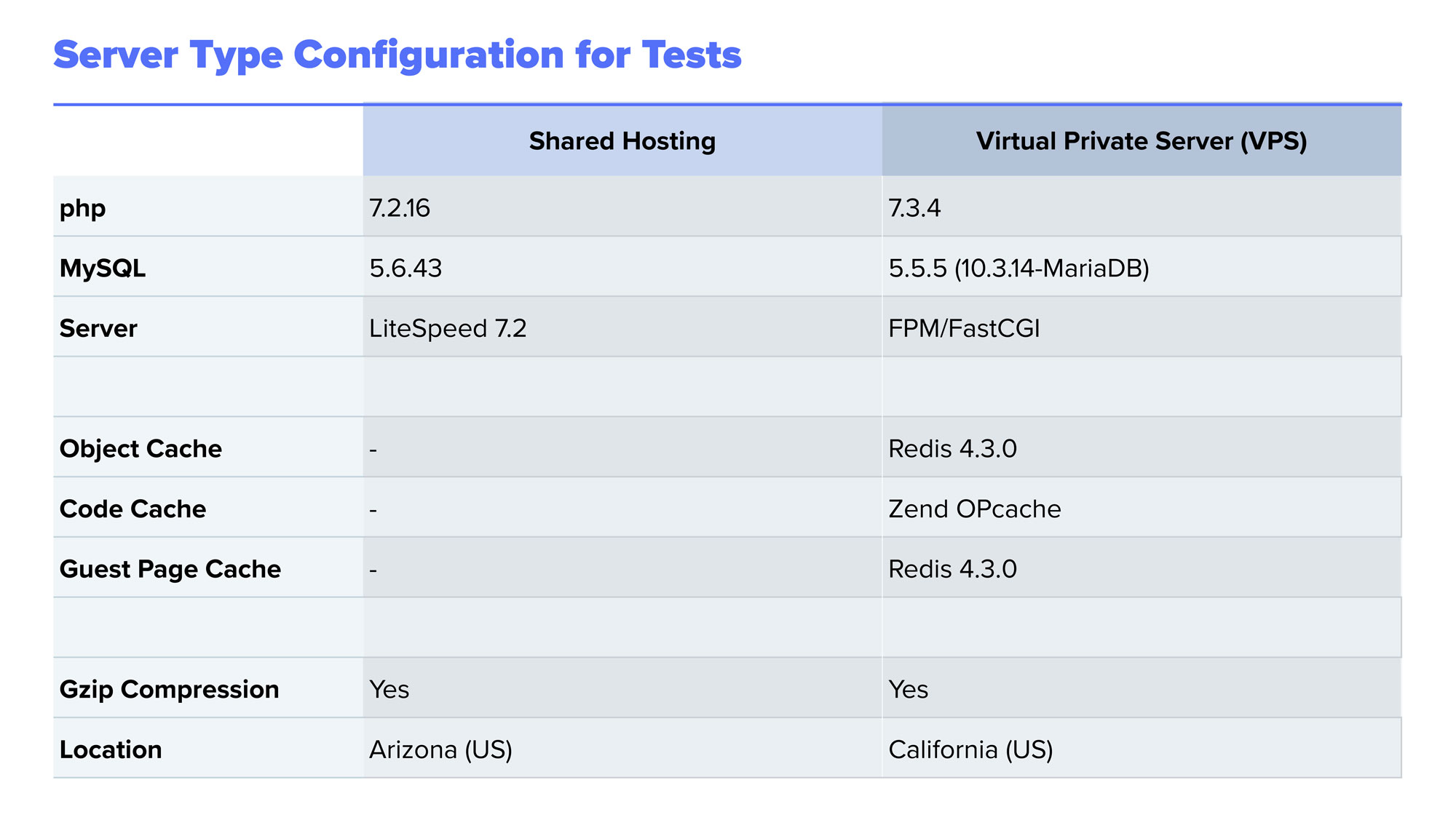The results are in: UI.X, XPress, XWiki, and XLink Performance
At ThemeHouse, we strive to create great products and continuously work on making them even better. We wanted to take a look at some of our products to see how they were performing and what we could do to improve them if needed. We also wanted to help inform site admins so they can make decisions for their site. So we decided to test the performance of some of our products and want to share what we found.
Highlights
- The XLink products (XPress, XWiki, and XLink) performed well and there were no changes that needed to be made to improve performance.
- UI.X had good results and we were able to identify a few slow areas that we were able to improve.
- We created an optimized UI.X child style for the test that was able to improve the performance of UI.X with only minor impact on the theme's functionality.
- Overall, there was no significant difference found in page responsiveness.
What we looked at and why
We choose to take a look at our products that use XLink (XPress and XWiki) because of their complexity and because they combine the overhead of both XenForo and the respective platform (WordPress or MediaWiki). Some of our customers had concerns about the performance impact on their site and after making some changes, we wanted to know how it performs and if there was anything else we could do to make it better. Since UI.X is our theme framework, we wanted to make sure our products work well together.
The main focus for the test was page load speed. We tested several configurations for a first visit and a repeat visit, Virtual Private Server and Shared Hosting, different internet speeds, and different distances from a server.
Google Lighthouse was used to test web page performance. The test includes many factors with the main one being the speed that a web page loads. The result is given as a percentage and indicates where the page load speed is compared to other sites. For example, a result of 100% means that the page performance is in the top 98th percentile of pages from all sites across all devices. A result of 50% means that it is in the top top 75th percentile. WebPageTest was also used to show the page load speed.
The test results are an average of multiple repeated tests and the outliers were removed from it. Prior to removing an outlier, tests were done to determine if it was an outlier due to other factors.
XPress/XLink Performance
XPress/XLink performed well with minimal impact on performance when configured to use caching. There were no changes that needed to be made to improve performance and there was no significant difference found in page responsiveness when used on XenForo or WordPress.
XWiki/XLink Performance
XWiki/XLink performed well with minimal impact on performance. There were no changes that needed to be made to improve performance and there was no significant difference found in page responsiveness when used on XenForo or MediaWiki.
UI.X Performance
Although UI.X had good results, we were able to identify a few slow areas for page load that we could improve. There was no significant difference found in page responsiveness on XenForo, WordPress, or MediaWiki.
The enhancements to UI.X revolved around optimizing server configuration, mostly with caching configuration as well as turning off a couple of less important features. We also utilized bundle splitting on our JavaScript to deliver code more efficiently when some features were not enabled. Another improvement is that we are conditionally loading in a lot more CSS so that there is less unused CSS being loaded in. That makes the files smaller by not loading unnecessary code and makes writing custom CSS easier. The improvements for UI.X have already been released.
For the test, we also created an optimized UI.X child style that was able to improve the performance of UI.X with only minor impact on the theme's functionality. The UI.X optimized child style made for the test reduces the use of external resources such as icons and Google fonts, reduces our JavaScript bundle sizes, and turns off a couple of JavaScript features such as sticky sidebar. This reduces the amount of content a browser needs to load to show the page and improved scores quite a bit. Removing the Facebook widget also substantially reduced load times.
The results
Here are the results after we made some improvements.
Result Highlights
- All configurations tested performed very well with a higher internet speed.
- Caching through Cloudflare or a similar CDN substantially improves the page load experience for users with slow connection speeds.
- Configuring a VPS appropriately substantially helps page load times.
- Using a datacenter near your users can have a notable impact on performance.



Final thoughts
With the results, site admins should be able to get an idea based on their analytics and system configuration what the approximate impact of UI.X, XPress, or XWiki will be on their site. For most sites though, we believe the results tend to show a low impact on users for the additional functionality provided.
We were happy to see good results and to be able to make them even better. Constantly learning and challenging ourselves to solve problems, make great products, and create amazing projects is a part of our culture.
